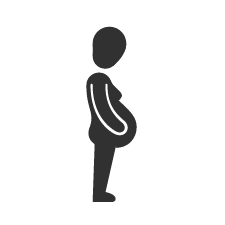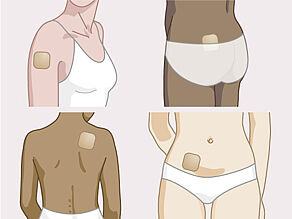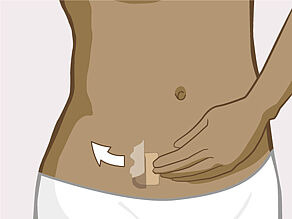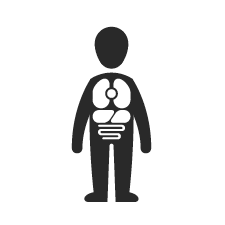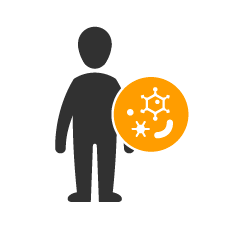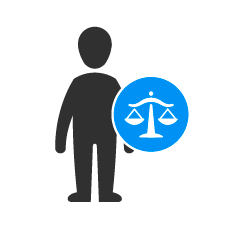The contraceptive patch is a method of contraception.
The contraceptive patch is a thin beige sticking-plaster. It contains the same 2 hormones as the contraceptive pill. These hormones prevent ovulation. They also make it more difficult for sperm cells to enter the uterus and reach the egg cell.
How to use the contraceptive patch
Apply the patch as follows:
- Tear the pouch open. There is a small incision on one side of the packaging to help you.
- Open the packaging.
- Peel the patch and the plastic liner away from the pouch.
- Peel away half of the protective clear lining.
- Apply the patch on the abdomen, buttock, back, shoulder-blade or on the outside of your upper arm, on dry, clean skin.
- Apply the sticky surface of the patch to your skin and remove the rest of the liner. Press down firmly on top of the skin patch.
- Wear the patch for 7 days (1 week). Remove the patch.
- Apply a new one on the same day of the week (for example: Wednesday) in the 2nd and 3rd week;
- In the 4th week you do not use a patch. This week, you will start to bleed (menstrual period). You are also protected in this week.
- After 7 days (1 week) you apply a new patch on the same day of the week (for example: Wednesday), even if you are still bleeding.
- Repeat the previous steps.
Reliable
The contraceptive patch is very reliable if used correctly.
The patch is not reliable, or is less reliable, if:
- You are taking antibiotics or pills against epilepsy. Check with a doctor or pharmacist;
- You forget to apply the patch after the 7-day break, or if you forget to change it;
- You lose the patch and do not apply a new one within 24 hours (1 day).
You can go in the shower, swim and exercise with the contraceptive patch.
Does not affect your health
The contraceptive patch contains hormones. These hormones do not generally affect your health.
In some cases, however, it is better to choose another method of contraception. For example: if you smoke more than 15 cigarettes per day and are aged over 35, if you have a high risk of getting a heart disease or vascular disease. Ask a doctor for advice.
The patch does not make you less fertile. If you want to get pregnant, you just remove the patch.
During the first months of use, you may have side-effects such as tender breasts, headache, nausea or irritated skin. These effects usually disappear on their own. If they do not, consult a doctor.
Your menstrual periods often become less heavy and less painful.
Protection against STIs and HIV
The contraceptive patch does not protect against STIs or HIV. Only a condom can protect you.

